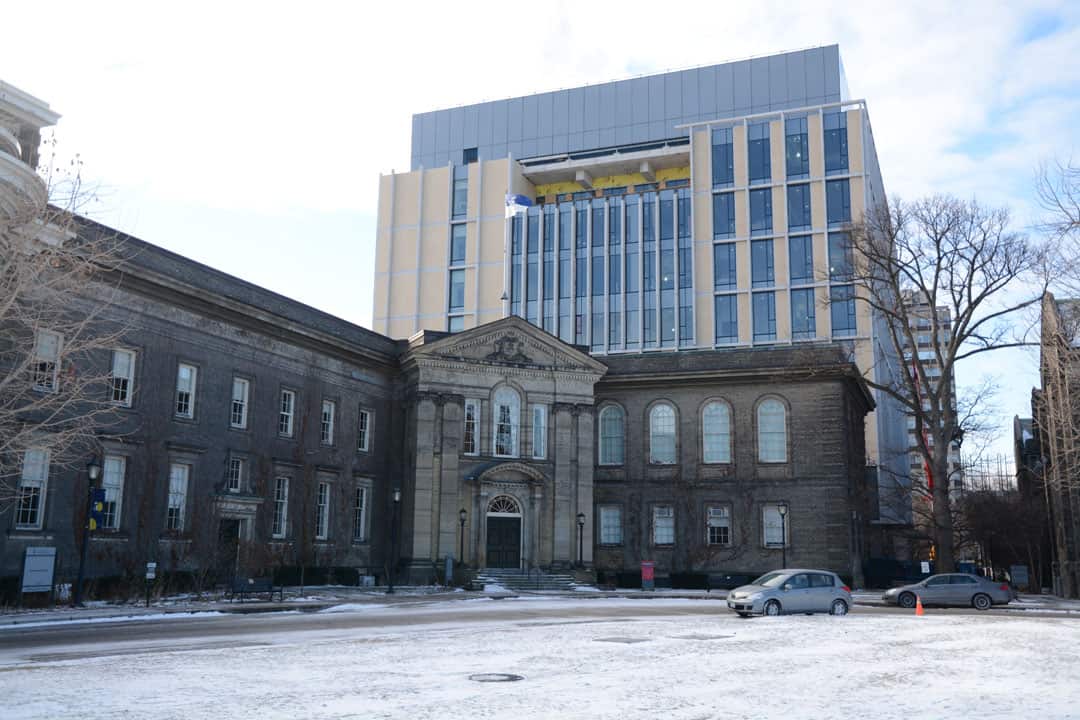U of T is set to decrease its domestic tuition fees in 2019–2020 by 10 per cent, courtesy of the provincial government’s mandatory reductions, announced January 17. Tuition will then remain frozen for the 2020–2021 years. According to the Toronto Star, the plan is expected to eliminate $360 million from Ontario universities’ operating budgets.
The province’s previous tuition framework, effective since 2013, enforced an overall annual three per cent cap on undergraduate Arts & Science domestic tuition fee increases at U of T. Between the 2013–2014 and 2018–2019 academic years, U of T has increased gross domestic tuition by an average of 2.96 per cent year-on-year.
Based on this trend, U of T would likely have set tuition for domestic undergraduate Arts & Science students in 2019–2020 at around $6,980. Instead, tuition will likely be around $6,100.
U of T has increased its gross international tuition by an average of 6.1 per cent year-on-year between the 2014–2015 and 2018–2019 academic years. Between 2014–2015 and 2017–2018, the university has seen an average year-on-year domestic student intake decrease of 0.36 per cent while international student intake has increased by an average of 9.75 per cent.
The university signed the Strategic Mandate Agreement with the previous Liberal provincial government in 2018, which means it must decrease domestic undergraduate seats by 1,800 students through 2020. As such, U of T is unlikely to increase its domestic undergraduate intake, so any increases in recruitment to compensate would likely focus on domestic graduate and international student intake.
The 2008 economic recession is a useful comparison in determining how U of T could react to losses from the provincial government’s new policies. During the 2008–2009 academic year, the university’s endowment lost approximately 30 per cent of its value, with the university’s operating budget subsequently losing approximately $46 million. During that period, there were no endowment payouts.
In response to financial troubles, the university prioritized its funding to shared service areas and used carryforward and contingency funds to partially finance these areas in order to minimize use of new revenue for non-academic divisions.
At the latest Planning and Budget Committee meeting on January 10, Vice-President and Provost Cheryl Regehr discussed some of the steps U of T took during this period, saying that “there was a combination of cuts, borrowing from reserves, and other kinds of mechanisms.” Regehr also noted the creation of a collective central reserves system from which divisions that did not have sufficient reserves could borrow to fund operating costs.
The university has yet to discuss what steps it will take in light of impending losses due to the government’s announcements, but similar financial management as in 2008 seems to be a likely option to limit losses to the operating budget.
Although the latest provisions will hinder the university’s operating budget, its external investments through the University of Toronto Asset Management Corporation are unlikely to face losses to the same extent as those in 2008.


